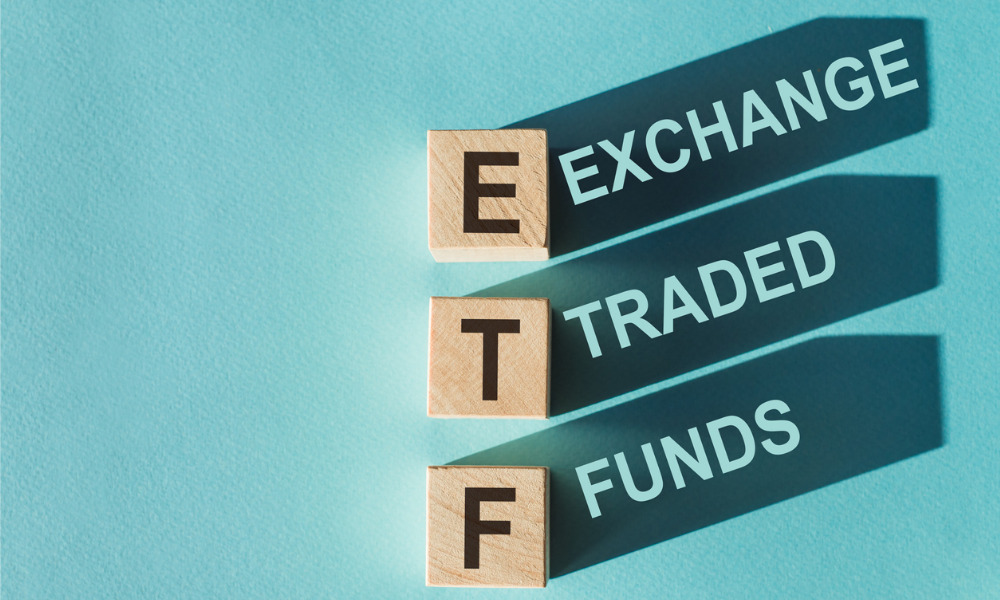Tomorrow’s cheapest ETFs are lagging as the race for lower fees continues
“In December 2017, the asset-weighted average expense ratio for ETFs that had gained market share from their direct competitors was 0.19 percent, while the cost to losers was 0.26 percent. As of December 2021, the price tag on the market share losers was 0.19 per cent. The cost of successful funds is now 0.16 per cent,” Kashner commented on the US market.
He said investors have been flocking to low-cost options across most sectors of the ETF landscape. This has resulted in a decline in the asset-weighted expense ratio across asset classes and strategies.
“There has been an increased investor preference for the lowest-cost products,” Kashner said.
Similar patterns can be found around the world, even though the absolute level of fees in US industry, which is most established and best positioned to benefit from economies of scale, is low.
According to FactSet, the average asset-weighted cost of fixed income ETFs in the US has fallen by 15 to 13 basis points since 2017, while expenses associated with equity funds have fallen by 17 to 14 basis points over the same time period.






